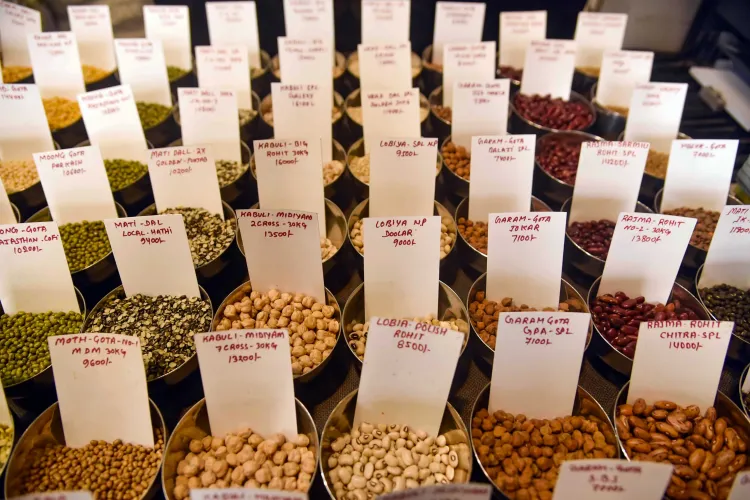How is Falling Wholesale Inflation in India Boosting Demand and Growth?

Synopsis
Key Takeaways
- WPI inflation has decreased for seven months consecutively.
- Lower operational costs for businesses can enhance economic growth.
- Positive business sentiment is reported across various sectors.
- Food inflation has significantly declined, benefiting household budgets.
- Experts anticipate continued moderation in WPI inflation.
New Delhi, July 14 (NationPress) The ongoing decline in the wholesale price index (WPI) inflation for seven consecutive months is a positive indicator for India's economy, as it will lower operational expenses for businesses, enhance domestic demand, and foster economic growth, industry specialists stated on Monday.
Hemant Jain, President of the PHD Chamber of Commerce and Industry (PHDCCI), observed that the sustained reduction in wholesale inflation since December 2024 is promising and signifies improving macroeconomic conditions.
He pointed out that WPI inflation fell from 2.57% in December 2024 to (-)0.13% in June 2025, strengthening business confidence across various sectors.
“This decrease in prices will aid businesses in managing their costs more effectively and may stimulate consumption-led growth,” Jain explained, adding that the outlook appears optimistic given the rising domestic demand, anticipated normal monsoon, and vigorous economic activity.
“Looking forward, with the increase in domestic demand, expectations of a normal monsoon, and robust overall economic activity in the nation, we expect WPI inflation to remain moderate in the forthcoming months despite persistent geopolitical uncertainties,” Jain mentioned.
Official statistics from the Ministry of Commerce and Industry revealed that wholesale inflation in June turned negative at (-)0.13%, compared to 0.39% in May.
The last instance of WPI inflation entering negative territory was in April 2023. A similar pattern was observed during the early stages of the COVID-19 pandemic in July 2020.
According to the commerce ministry, the decrease in inflation was primarily due to lower prices of food items, mineral oils, crude petroleum, natural gas, and basic metal products.
Jain reiterated this, noting a significant reduction in prices of primary articles (falling from -2.02% in May to -3.38% in June), fuel and power (from -2.27% to -2.65%), and manufactured goods (from 2.04% to 1.97%).
Food inflation, which directly impacts household budgets, also saw a considerable decline—from 5.83% in January 2025 to (-)3.75% in June—thanks to lower prices for cereals, vegetables, pulses, fruits, eggs, meat, fish, and milk.
Responding to the data, Rahul Agrawal, a senior economist at ICRA, mentioned that the seasonal uptick in food prices in July has been modest thus far and may keep food inflation in the deflationary zone unless vegetable prices experience a sudden spike.
“Moreover, a reduction in global crude oil prices and a stable USD/INR exchange rate are anticipated to sustain the current deflationary trend,” he added.
“Overall, we expect the headline WPI to continue in deflation in July 2025 as well,” he stated.




